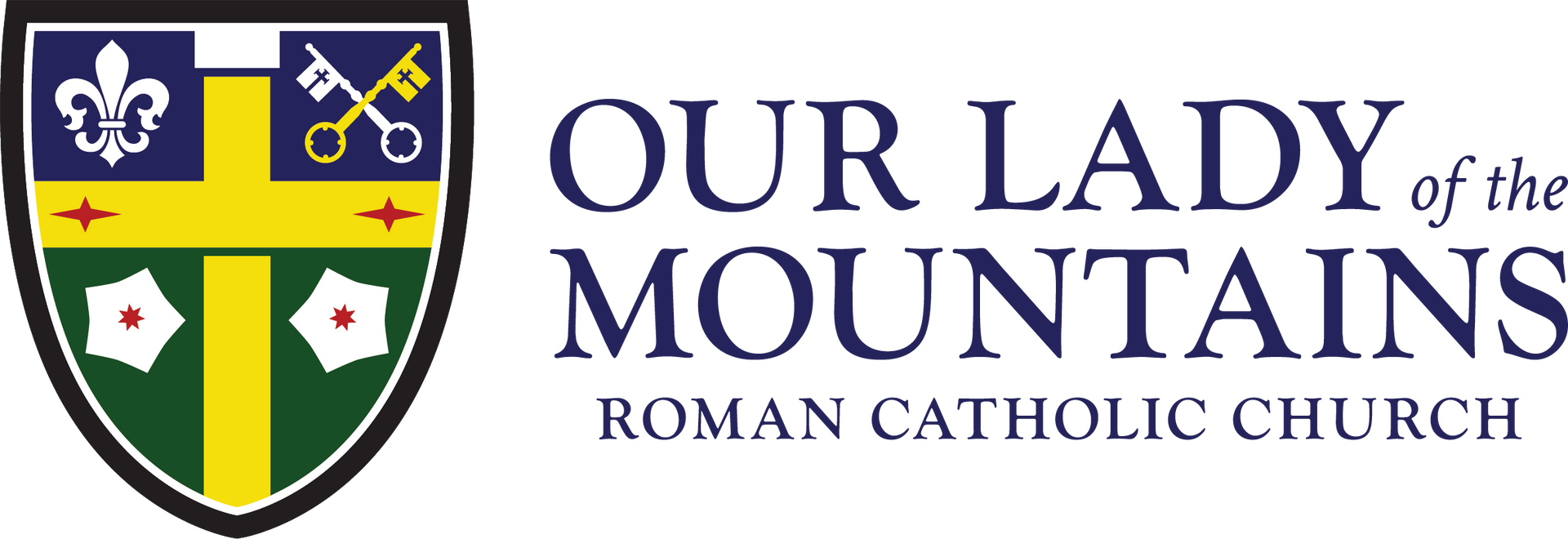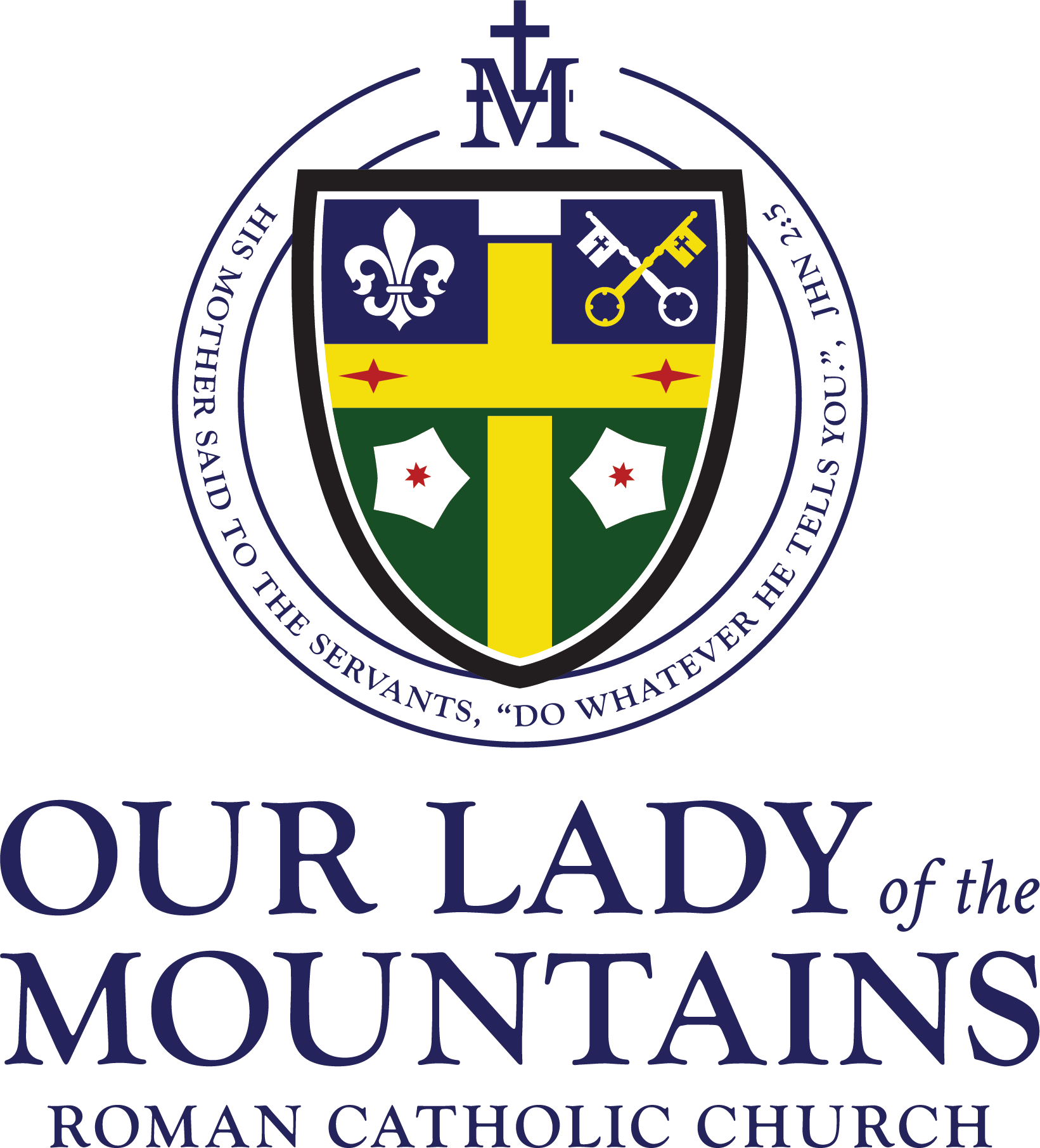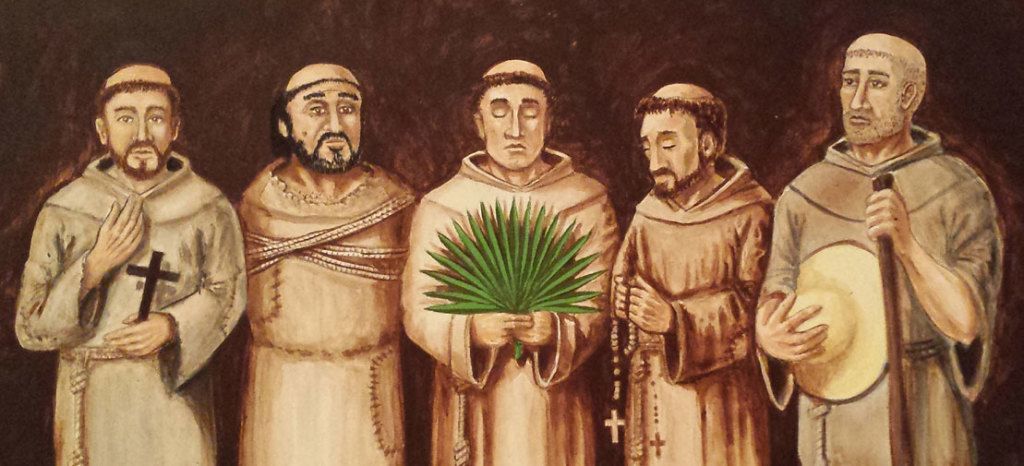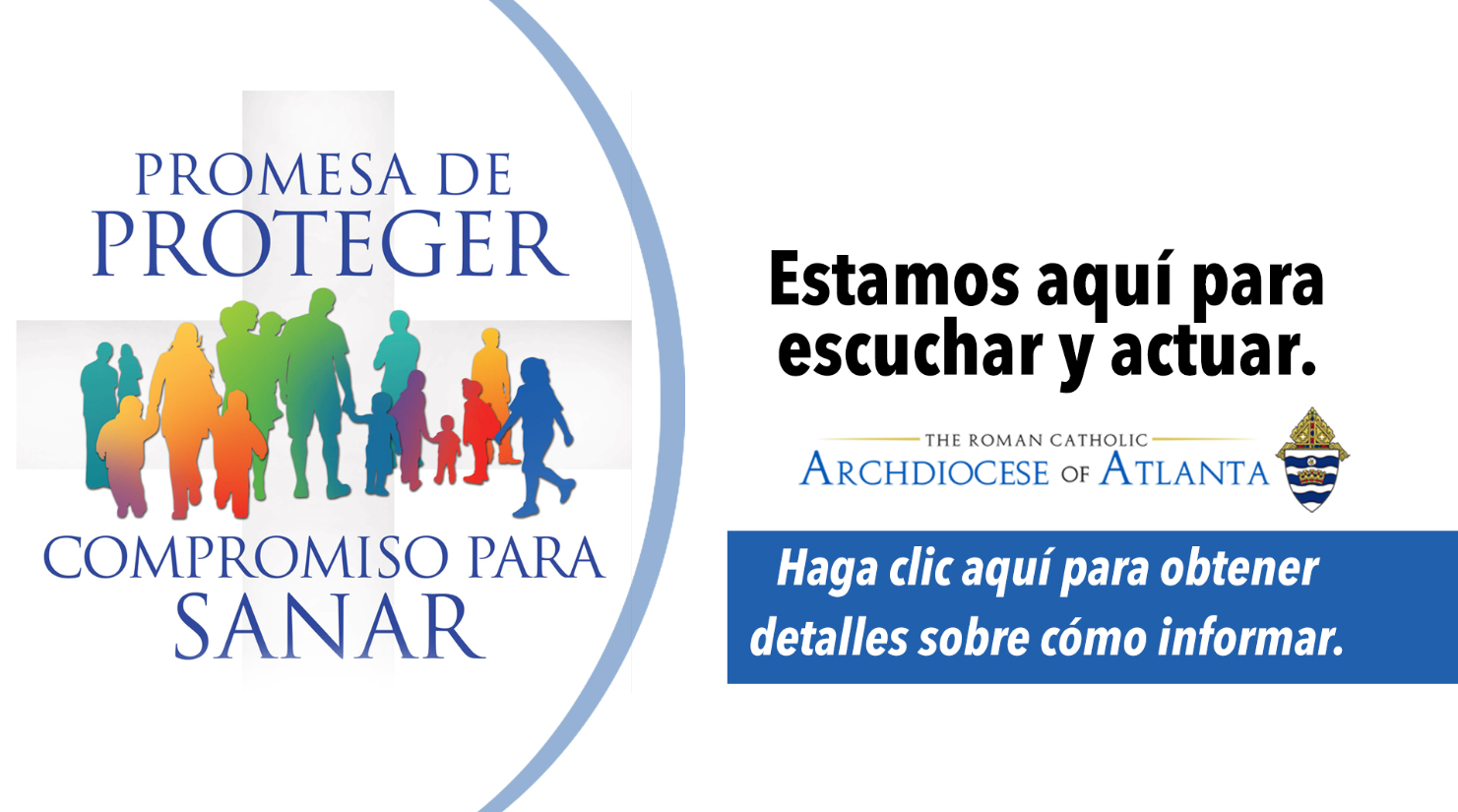Most Catholics in Georgia, if asked, would have no idea that the Catholic Church has a history in this part of the world that goes back to the sixteenth century. Most Catholics would be surprised to learn that there were dozens of Franciscan missions up and down the Georgia coast, and that we have generations of indigenous Catholics buried in the sand of now lost missions. Most Georgians would be surprised to learn that the nation’s oldest book was written in Georgia (a Catechism in the language of one of our lost tribes of native Georgians). Most Catholics would be surprised to learn that arguably the first documented baptism in our country took place in what is today Georgia. And most Catholics in Georgia would be surprised to know that we have five martyrs in our own history. This is because the history books in Georgia often brush over the Spanish history of Georgia as something of a backstory for the English founding of the colony of Georgia.
As Catholics, we need to remind our fellow Georgians that what is today Georgia was once a part of what the Spanish called la Florida. Moreover, there are some great stories of heroic peoples from that forgotten century that we should all know. And as Catholics, we need to be mindful of the Five Georgia Martyrs, whose cause is being promoted in Rome to move them, inch by inch, to be declared saints of the Universal Church.
In our parish here in Jasper, there is a retablo (or icon) of Saint Francis and the Five Georgia Martyrs, painted in 2014 and rendered in a Spanish colonial style. The artist (a Floridian by the name of Mr. Dan Nichols) spent months of prayer and research, getting to know each friar, where they were from, the age they were at their deaths, and as many details about each that he could find, so he could capture something of the individuality of these five men. He considered the look of Spanish men of our own day who are from the martyrs’ own regions to give him a reference point, sought information about sixteenth century Franciscan habits to make his drawings as accurate as possible, and found some item to associate with each Franciscan that would help distinguish them from each other.
